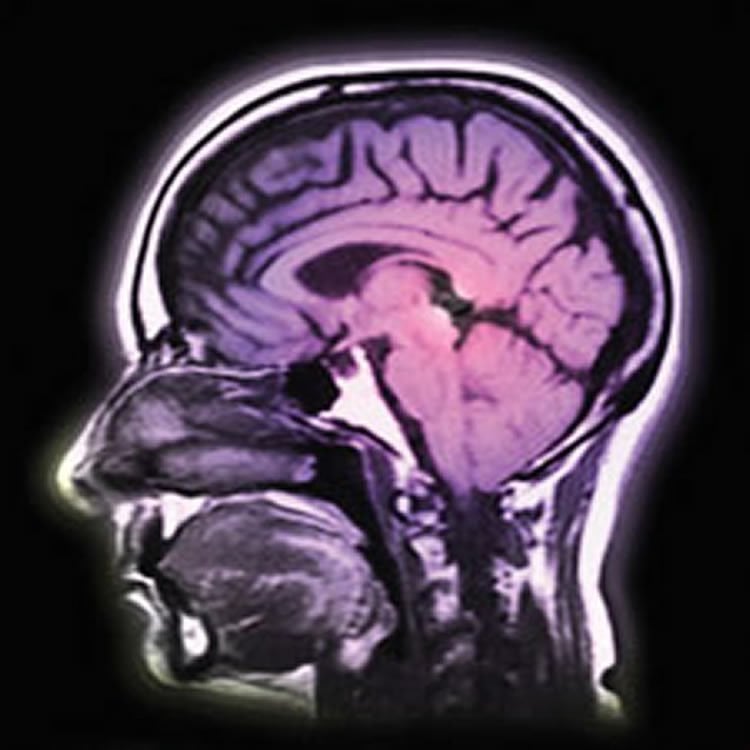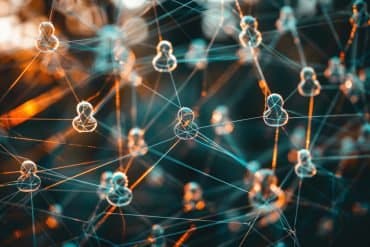Summary: Researchers examining how learning processes are affected in some neurodegenerative diseases uncover how neural impulses form memories.
Source: University of Otago.
University of Otago researchers studying learning processes affected in brain disorders such as Parkinson’s disease and Attention Deficit Hyperactivity Disorder (ADHD) have made new discoveries about how nerve impulses form memories, findings which have implications for developing new therapies for these conditions.
The researchers’ findings, published in the leading international journal Nature Communications, have implications for better understanding of these conditions and for developing new treatments.
Professor John Reynolds, of the Department of Anatomy and the Brain Health Research Centre, says it has been recognised for nearly 20 years that the timing that nerve impulses arrive at cells – in the order of 1/100 of a second – is critical in the strengthening of brain cell connections during memory formation.
“Researchers were faced by a conundrum in that the part of the brain that processes dopamine during the learning of a new skill seemed to follow completely the opposite timing rules to all other brain areas. In this case, it appeared that the brain cell needed to fire a nerve impulse before the actual movement activity was registered by the cell, which seemed intuitively wrong,” Professor Reynolds says.

Otago PhD graduate Dr Simon Fisher and Professor Reynolds have now discovered that the pulse of dopamine into the brain that accompanies arrival of a reward had its own critical timing requirement, this time in the order of seconds. When that requirement is met, the timing of nerve impulses in memory formation became exactly the same as all other brain areas.
“In other words, the naturally delayed arrival of these rewards shapes the ability for memories to be formed in a normal fashion,” Professor Reynolds says.
The researchers believe this finding has important implications for better understanding of and for developing new treatments for brain disorders such as Parkinson’s disease and ADHD, where the processing of brain reward is abnormal.
In addition, since pulses of dopamine are released by pleasurable stimuli such as chocolate or addictive substances such as alcohol and nicotine and drugs of abuse, it also helps us understand how habits can be formed for ingesting these substances, Professor Reynolds says.
Source: John Reynolds – University of Otago
Image Source: NeuroscienceNews.com image is adapted from the University of Otago news release.
Original Research: Full open access research for “Reinforcement determines the timing dependence of corticostriatal synaptic plasticity in vivo” by Simon D. Fisher, Paul B. Robertson, Melony J. Black, Peter Redgrave, Mark A. Sagar, Wickliffe C. Abraham & John N.J. Reynolds in Nature Communications. Published online August 24 2017 doi:10.1038/s41467-017-00394-x
[cbtabs][cbtab title=”MLA”]University of Otago “Delving Into Dopamine.” NeuroscienceNews. NeuroscienceNews, 25 August 2017.
<https://neurosciencenews.com/dopamine-neurodegeneration-7375/>.[/cbtab][cbtab title=”APA”]University of Otago (2017, August 25). Delving Into Dopamine. NeuroscienceNew. Retrieved August 25, 2017 from https://neurosciencenews.com/dopamine-neurodegeneration-7375/[/cbtab][cbtab title=”Chicago”]University of Otago “Delving Into Dopamine.” https://neurosciencenews.com/dopamine-neurodegeneration-7375/ (accessed August 25, 2017).[/cbtab][/cbtabs]
Abstract
Reinforcement determines the timing dependence of corticostriatal synaptic plasticity in vivo
Plasticity at synapses between the cortex and striatum is considered critical for learning novel actions. However, investigations of spike-timing-dependent plasticity (STDP) at these synapses have been performed largely in brain slice preparations, without consideration of physiological reinforcement signals. This has led to conflicting findings, and hampered the ability to relate neural plasticity to behavior. Using intracellular striatal recordings in intact rats, we show here that pairing presynaptic and postsynaptic activity induces robust Hebbian bidirectional plasticity, dependent on dopamine and adenosine signaling. Such plasticity, however, requires the arrival of a reward-conditioned sensory reinforcement signal within 2 s of the STDP pairing, thus revealing a timing-dependent eligibility trace on which reinforcement operates. These observations are validated with both computational modeling and behavioral testing. Our results indicate that Hebbian corticostriatal plasticity can be induced by classical reinforcement learning mechanisms, and might be central to the acquisition of novel actions.
“Reinforcement determines the timing dependence of corticostriatal synaptic plasticity in vivo” by Simon D. Fisher, Paul B. Robertson, Melony J. Black, Peter Redgrave, Mark A. Sagar, Wickliffe C. Abraham & John N.J. Reynolds in Nature Communications. Published online August 24 2017 doi:10.1038/s41467-017-00394-x






